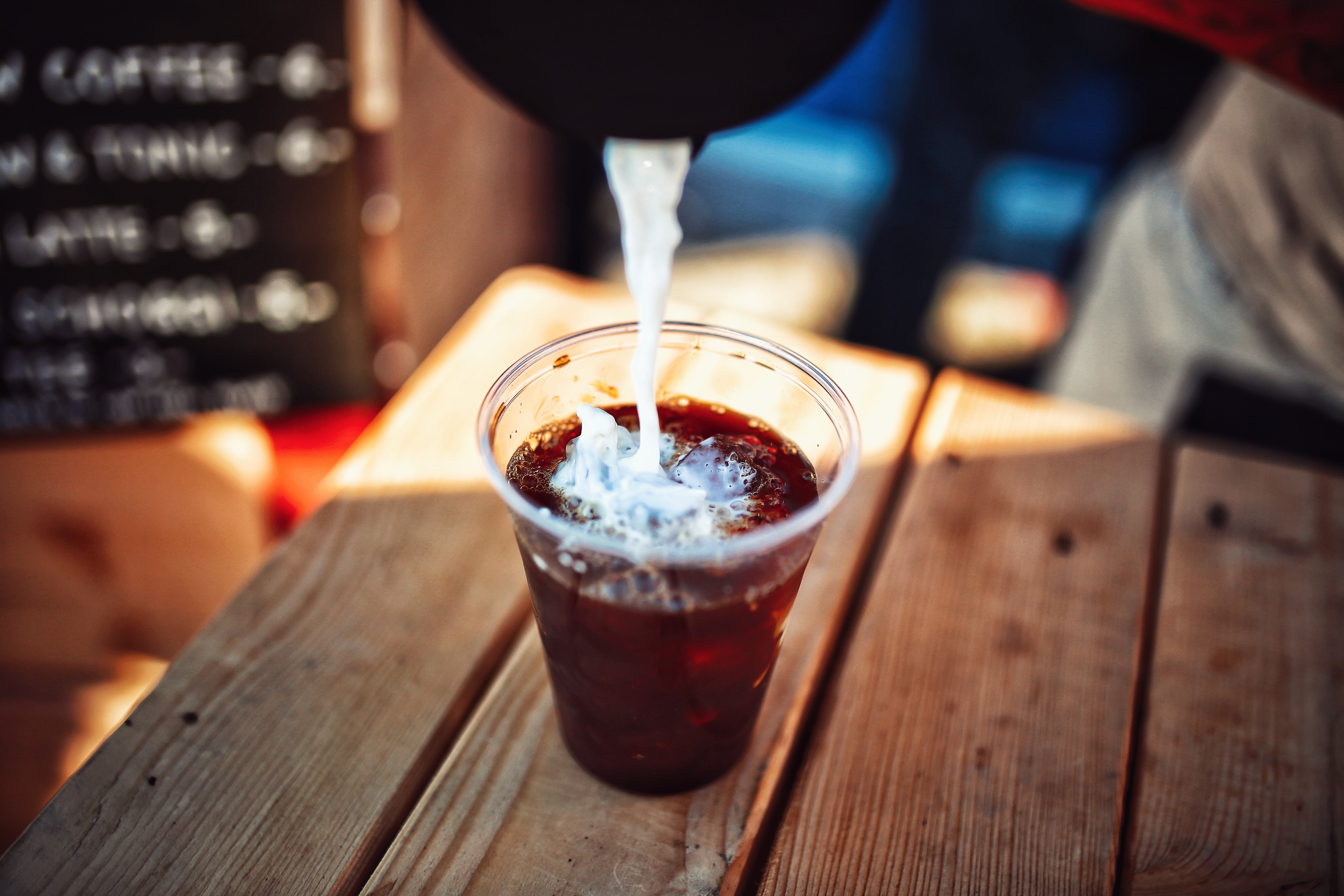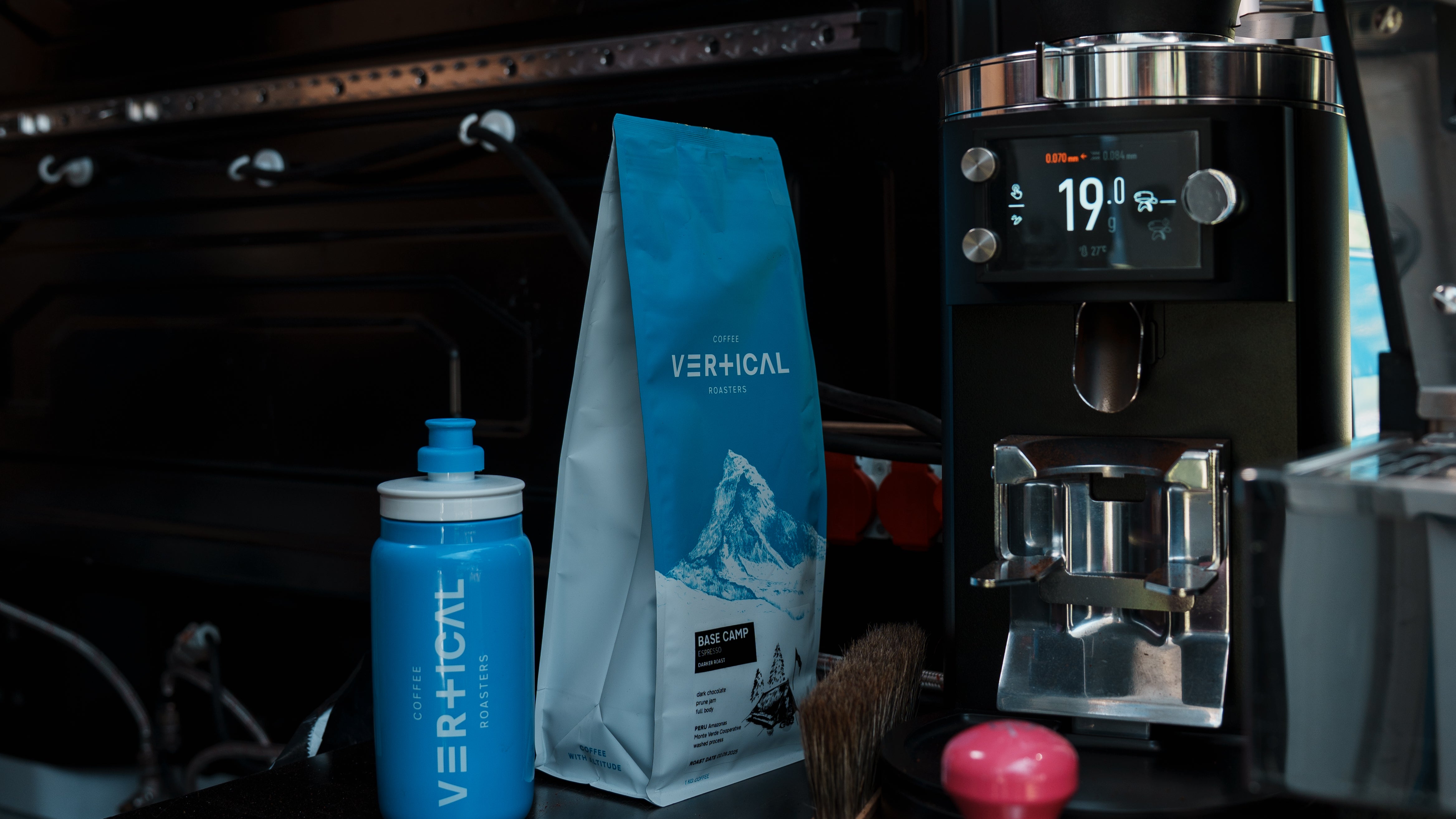Coffee ABC - D is for Decaf

There are many different reasons why you may want to go easy on the caffeine: General caffeine sensitivity, sleep hygene, pregnancy and breast feeding, preparing for a long race and aiming for an increased caffeine reaction during your race or simply craving coffee despite a caffeine overload.
No matter the reason, keeping an eye on caffeine intake does make sense. This can mean limiting the amount of coffee drinks you drink throughout the day, lowering the dose of coffee used for each coffee beverage, choosing a coffee bean variety which naturally has less caffeine content or switching to decaf coffee at a certain time of day.
Choosing to drink a decaf coffee is probably the easiest way to lower the caffeine intake and its quality has really come a long way from mediocre at best to specialty grade and modern processes which you can enjoy with a certain peace of mind.
What does need to be mentioned is that very often, decaf coffee is treated shabbily: Due to lack of resources, cafés won't invest in a dedicated grinder so the decaf may be ground a few weeks (or months!) prior to use. If "regular" coffee were treated this way, it wouldn't be as tasty and in turn, if you treat the (well roasted) decaf right, it will taste good.
Before decaffeination, the coffee is prepared and initially processed the same way any other coffee is processed (washed, natural or honey etc.) and it could also be sold and used as "regular" green coffee. The beans are then brought to a dedicated facility for decaffeination which is done by the batch of several tons.
While traditional decaffeination involves chemical solvents like dichloromethane, the more modern methods - which are applied in decaffeinating specialty coffee - use natural solvents: Water, supercritical CO2 (compressed to be in a state between gas and liquid) and ethyl acetate (which is an ester derived from sugarcane - the process is therefore called sugarcane process).
The first step in any decaffeinating process is to make the green coffee bean permeable by steaming them with water vapour. the beans are then immersed in a solvent which extracts the caffeine. The solution itself is then filtered to remove the caffeine and the coffee bean is dried for a second time to the initial moisture content, bagged and shipped to roasters.
The French green coffee importer Belco illustrates the three methods in a simple and understandeable way:
CO2 - https://www.belco.fr/blog/cafe/decafeination-cafe-co2
Sugar Cane - https://www.belco.fr/blog/cafe/decafeination-descafecol
Water - https://www.belco.fr/blog/cafe/decafeination-descamex
Depending on the type of solvent, the extraction of caffeine is more or less selective (or aggressive), resulting in a slightly different flavour profile. A while back, James Hoffmann carried out his "Decaf Project" which gave the average coffee lover the possibility to taste the same coffee with caffeine and decaffeinated using each of the three above mentioned modern decaffeination methods.
While tasted side by side in a cupping scenario, a difference in the character could be perceived, it was not really significant. Or at least not significant enough for us to choose one method over another - we'd rather focus on the overall flavour profile which will depend more on the coffee itself.
A small roastery will most likely need to rely on the availability of a certain coffee with a certain decaffeination process and not be able to choose between different methods for the same coffee.
Which decaffeination method is applied greatly depends on the origin and which facility and method is well established in the region. That said, there are several decaffeination facilities around the globe: Some coffees are decaffeinated at origin and some are decaffeinated at destination, so for example you'll find decaffeination facilities in Europe or Canada.
PS - There is no waste: The caffeine which is extracted in the decaffeination process is used in all kinds of caffeinated products, from energy drinks to cosmetics to pharmeceutical products.



